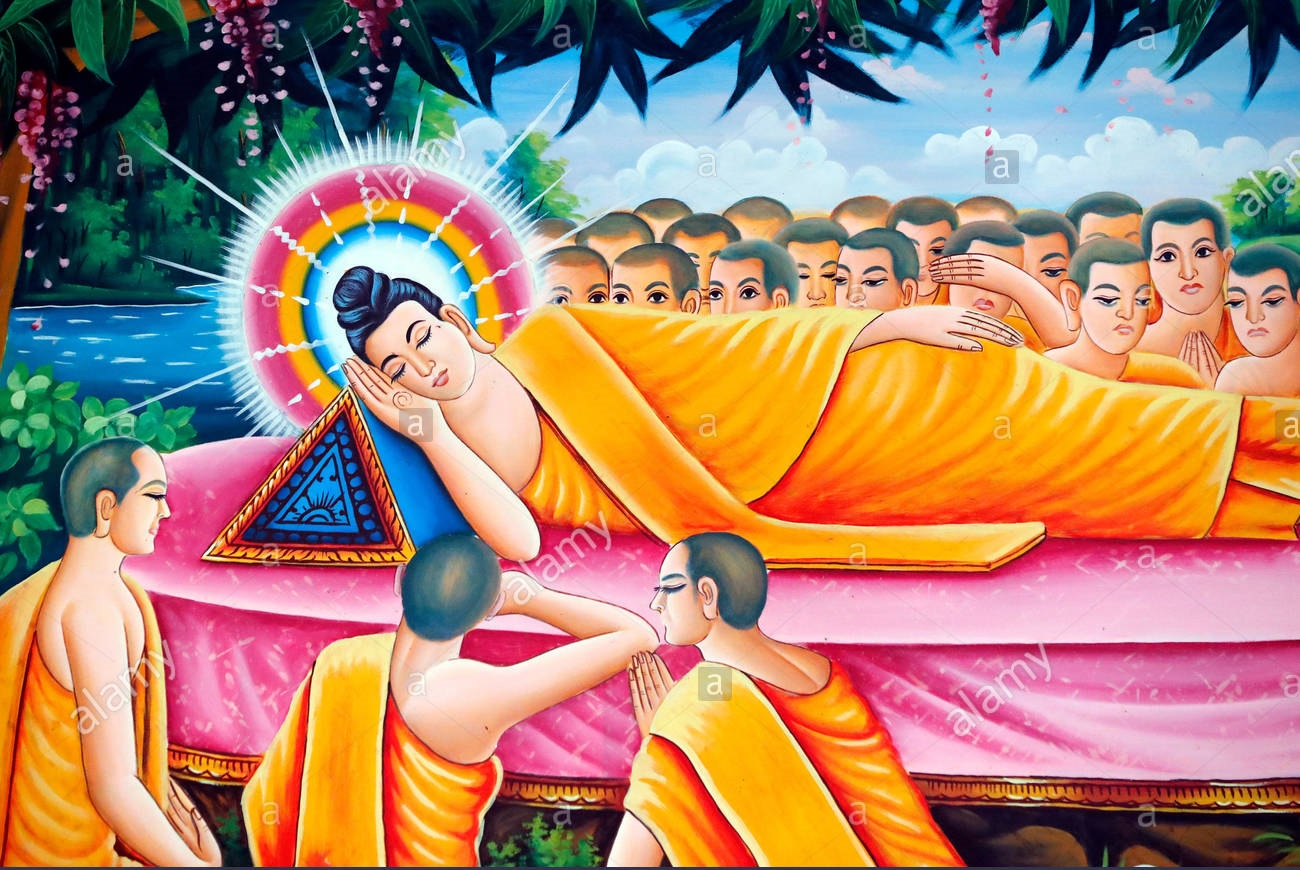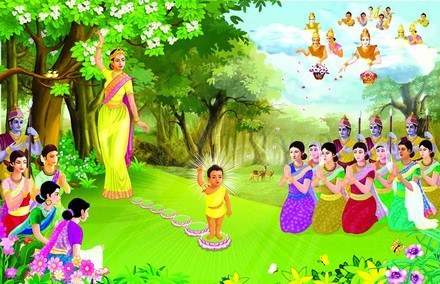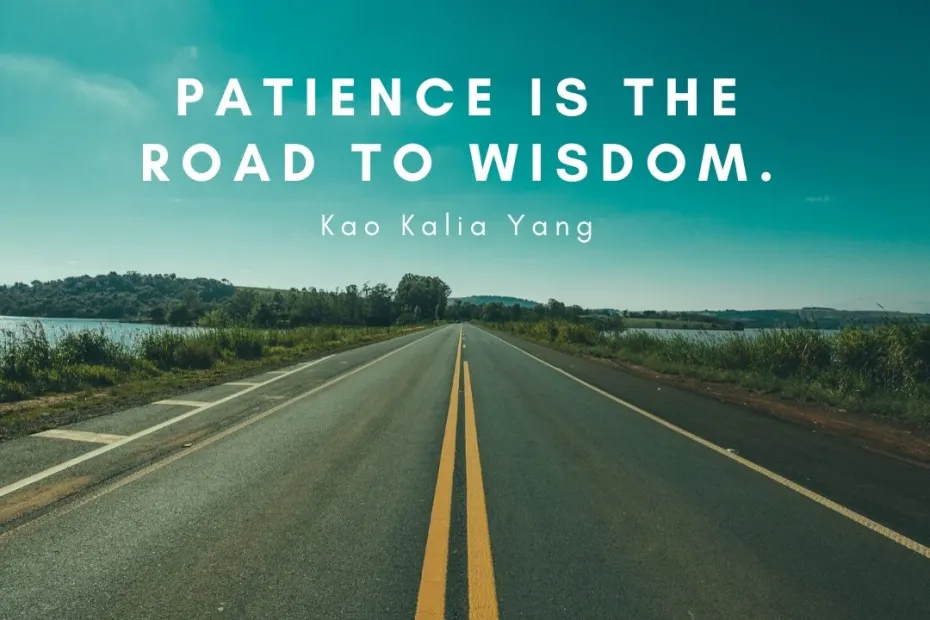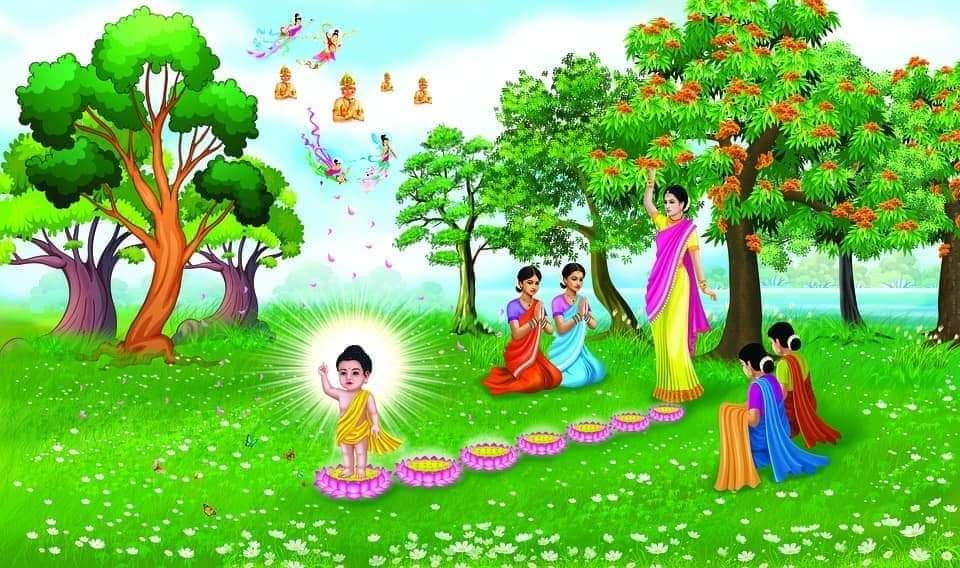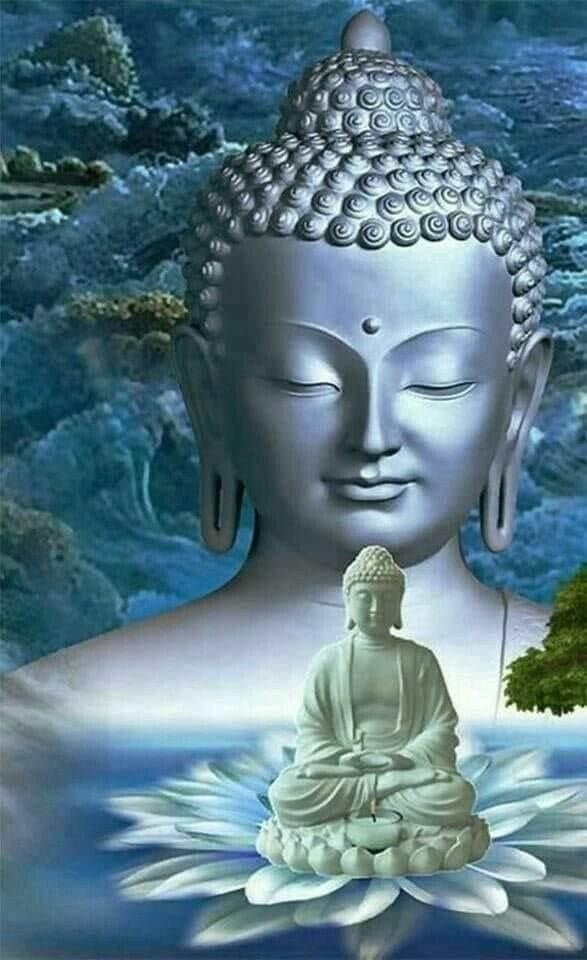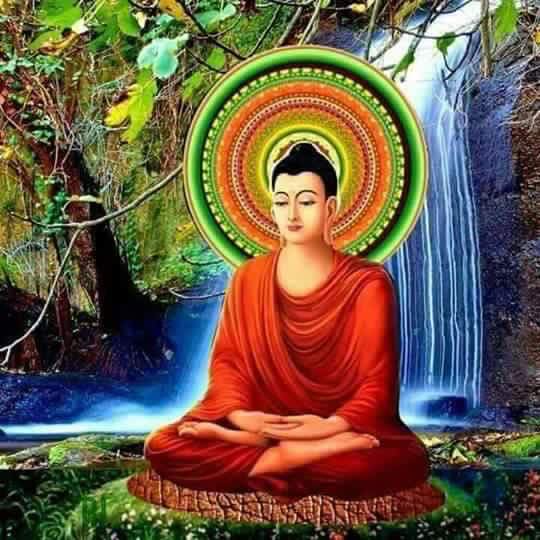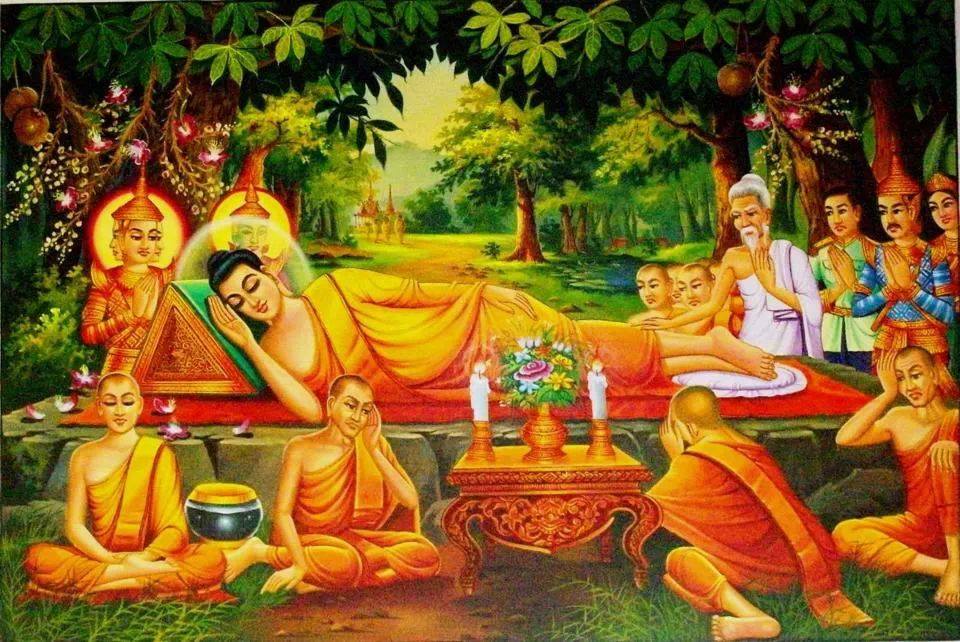Dharma Master Andrew. J. Williams
.

.
THE ESSENCE OF BUDDHISM AND BUDDHIST PRACTISE
.
●◆● ════ ◆◇◆ ════ ●◆●
.
“Mind itself, and the true nature of objects, have no inherent existence whatsoever, and are beyond intellect, and are inexpressible. This one point could well be the essence of all teachings, the essence of Buddha Dharma.
The Buddha said, “Do no harm, do only good, purify your mind”. Although we must abstain from bringing harm to ourselves and others through our physical and verbal actions, and engage in only beneficial actions, the Buddha Dharma points directly to the mind. To purifying the mind and realising its true nature, which is free of constraints and stains, free of everything. For everything begins in the mind, all things are constructs of the mind.
The Buddha’s Dharma clearly states what we need to adopt and what we need to abandon. When we practise the Buddha Dharma, we enable ourselves to get to know our mind, which is the source of all of our experiences. We get to know the virtuous qualities that we must adopt, nurture, increase and perfect, as well as the faults that we need to decrease, abandon and eradicate. As we engage in this practise, we gradually unveil what is already there. Our true, unthinkable, inexpressible, immaculate and infinitely enlightened nature.
Therefore practising Dharma is for the purpose of understanding the true nature of our mind. It reveals the inner psychological world. It penetrates the ordinary, superficial perception that obscures the nature of reality. With sincere practise you can understand the reality of self and other phenomena, for if you understand your own mind, you will understand everything.
Without practise we cannot realise the truth, for the mind will remain clouded with disturbing thoughts and emotions, and will become more and more confused and deluded over time. Therefore we could say that the purpose of practising the Dharma is to lessen the deluded afflictions of our mind and eventually eradicate them from the very roots.
Just as a professional tree-cutter would carefully cut back the branches of a tree, before being able to dig out the roots and eventually get rid of even the tiniest bits of the roots, so that the tree has absolutely no chance of growing again. Likewise, we must chip away at our delusions and mental afflictions. So that we can get to and uproot their root cause, and totally eradicate even the propensity for them to arise again.
As for the essence of Buddhist practise, in brief and put simply, to bring about the awakening of students of all temperaments, the Buddha taught a wonderful variety of spiritual practises. There are foundation practises for the development of loving kindness, generosity and moral integrity. Then there is a vast array of meditation practises to train the mind and open the heart. These practises include awareness of the breath and body, mindfulness of feelings and thoughts, practises of mantra and devotion, visualisation and contemplative reflection, and practises leading to refined and profoundly expanded states of consciousness.
The Buddha’s teachings are recorded in the Holy Tripitaka (Three Collections), which includes the Vinaya or collection of the rules of conduct, relating predominantly to morality; the Sutra’s or collection of recorded discourses of the Buddha and his major disciples, relating predominantly to meditation; and, the Abhidharma or Higher Knowledge, relating predominantly to wisdom, and includes the investigation and analysis of Buddhist philosophy and psychology.
We must have faith, trust and confidence in the Triple Gem. Namely, the Buddha, the Supremely Enlightened Teacher; the Dharma, the Teachings; and the Sangha, the supportive and harmonious spiritual community of Buddhist practitioners.
We should aim to understand and practise the Four Noble Truths. 1) Suffering, 2) Cause of Suffering, 3) Cessation of Suffering, and 4) The Path Leading to the Cessation of Suffering, namely, right understanding, intention, speech, action, livelihood, effort, mindfulness and concentration.
We must train ourselves to understand the Universal Law of Karma (cause & effect) and rebirth, and understand the Three Marks of Existence. That is, that all conditioned phenomena, both mental and physical, are impermanent, have the nature of suffering and have no independent self-identity. As well as realise that Nirvana or Supreme Enlightenment is unconditioned and liberation from the cycle of unsatisfactory existence (samsara). We will continually be reborn, according to the results of our karma, in cyclic existence, until we realise the ultimate truth of enlightenment.
It is also essential for us to understand and practise the Four Immeasurable’s of universal love, universal compassion, empathetic joy and equanimity.
Of utmost importance is for us to live by the guidelines and instructions that the Buddha set forth for our benefit, and to put the teachings into practise. Otherwise it’s like we possess a precious diamond, but fail to utilise it.
We should abstain from killing, stealing and sensual misconduct (body); slandering, lying, using harsh language and gossip (speech); and, covetousness, harmful intentions and wrong views (mind). We should also develop love and compassion for all, practise meditation and develop insight into the nature of reality (wisdom).
In summary, the essence of Buddha Dharma is the mind itself, and the essence of Buddhist practise is Wisdom and Compassion. As His Holiness The Dalai Lama says, “My religion is kindness”. To be truly kind, we must be truly wise and compassionate.
I hope that these words are somewhat helpful and beneficial on your path to realising your true enlightened nature. May the precious Buddha Dharma flourish throughout the whole world.”
.
●◆● ════ ◆◇◆ ════ ●◆●
~Dharmacharya Andrew. J. Williams~
.
Facebook Comments Box



